Wearable technology has undergone a remarkable transformation, evolving from rudimentary fitness trackers into powerful health monitoring systems that are reshaping personal and clinical healthcare. In the latest episode of Between Two Pixels, Finn Circuit and I explored how modern wearables, powered by advanced sensors and artificial intelligence (AI), are redefining how we monitor and manage our health. These devices are no longer just counting steps—they’re acting as real-time health advisors, capable of detecting subtle physiological changes and providing actionable insights.
The Rise of AI-Powered Wearables
Today’s wearables are equipped with sophisticated sensors that track a wide array of health metrics, including heart rate variability, blood oxygen saturation, stress levels, and sleep quality. Unlike their predecessors, which were often limited to basic metrics like steps or calories burned, modern devices leverage machine learning to analyze complex biomarker data. This allows them to identify patterns that could signal potential health issues, such as irregular heart rhythms or early signs of respiratory distress.
Finn shared a compelling anecdote from the 1990s, recalling hospital trials where primitive biosensors were so unreliable that vending machine interference could trigger false alarms. Fast forward to 2025, and the contrast is stark. AI-driven algorithms now filter out noise and deliver unprecedented accuracy, enabling wearables to serve as “mini-diagnosticians” that accompany users throughout their day. For instance, devices like the latest smartwatches can detect atrial fibrillation with accuracy rivaling clinical-grade equipment, empowering users to seek medical advice before symptoms escalate.
Wearables in Healthcare: A Paradigm Shift
The healthcare industry has embraced this technological leap, integrating wearables into clinical workflows for remote patient monitoring, post-surgical recovery, and chronic disease management. Hospitals now use wearables to track patients’ vital signs in real time, reducing the need for in-person visits and enabling proactive interventions. For patients with conditions like diabetes or hypertension, wearables provide continuous data that clinicians can use to tailor treatments, improving outcomes and reducing costs.
However, this shift from fitness gadgets to medical tools introduces significant challenges. Privacy and data security are paramount concerns, as wearables collect highly sensitive health information. Questions about data ownership—whether it belongs to the user, the manufacturer, or third parties like insurers—remain unresolved. The regulatory landscape is equally complex, with a clear distinction between devices marketed for wellness and those approved as medical devices under frameworks like the FDA’s or EU’s MDR. Compliance with these standards is critical, yet global harmonization remains elusive, creating hurdles for manufacturers aiming to scale across markets.
The Need for Transparency and User Education
A key takeaway from our podcast discussion is the critical role of user education in fostering trust and adoption. Many consumers are unaware of how their health data is collected, stored, or shared. Without clear communication from manufacturers, skepticism can grow, potentially stifling innovation. For example, a 2024 survey found that 62% of wearable users were concerned about data privacy, yet only 30% felt confident in understanding their device’s data policies. Companies must prioritize transparency, offering plain-language explanations of data practices and robust opt-in mechanisms to empower users.
Moreover, as wearables become more integrated with healthcare systems, users need to understand the implications of sharing their data with providers or insurers. Could a wearable’s detection of a health anomaly lead to higher insurance premiums? Such questions underscore the need for ethical guidelines and industry standards to protect consumers while fostering innovation.
The Future of Wearables: Innovation and Challenges
Looking ahead, wearable technology is poised for even greater advancements. Innovations like ingestible sensors, non-invasive blood glucose monitors, and bioelectronic patches promise to push the boundaries of personalized medicine. Nanotechnology is enabling smaller, more efficient sensors, while AI algorithms are becoming adept at learning individual health patterns, moving away from generic metrics toward tailored insights.
Yet, challenges persist. Battery life remains a bottleneck, with many devices struggling to balance power-hungry sensors with user expectations for multi-day usage. Durability is another concern, as wearables must withstand daily wear while maintaining accuracy. Data security requires ongoing vigilance, particularly as wearables integrate with electronic health records (EHRs) via standardized APIs. Seamless EHR integration could unlock new possibilities, such as real-time data sharing between patients and providers, but it demands robust interoperability standards.
Conclusion: Toward a Personalized Health Ecosystem
Wearable technology has transcended its fitness-tracker origins to become a cornerstone of modern healthcare. By combining cutting-edge sensors, AI, and clinical integration, these devices are empowering users to take charge of their health while supporting clinicians in delivering precise, proactive care. However, realizing their full potential requires addressing privacy concerns, enhancing user education, and overcoming technical hurdles.
As Finn and I discussed, the ideal wearable experience is one that adapts to the user, learning their unique health patterns and delivering personalized insights. With continued innovation and a commitment to transparency, wearables could usher in a new era of healthcare—one where prevention, personalization, and accessibility take center stage.

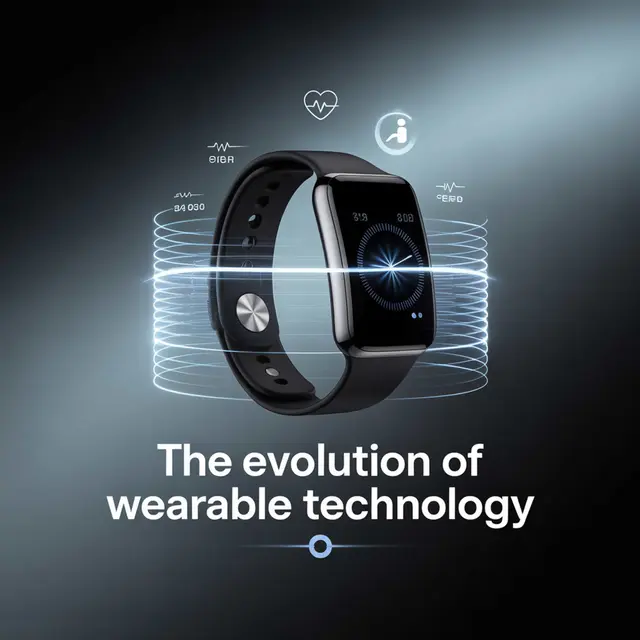
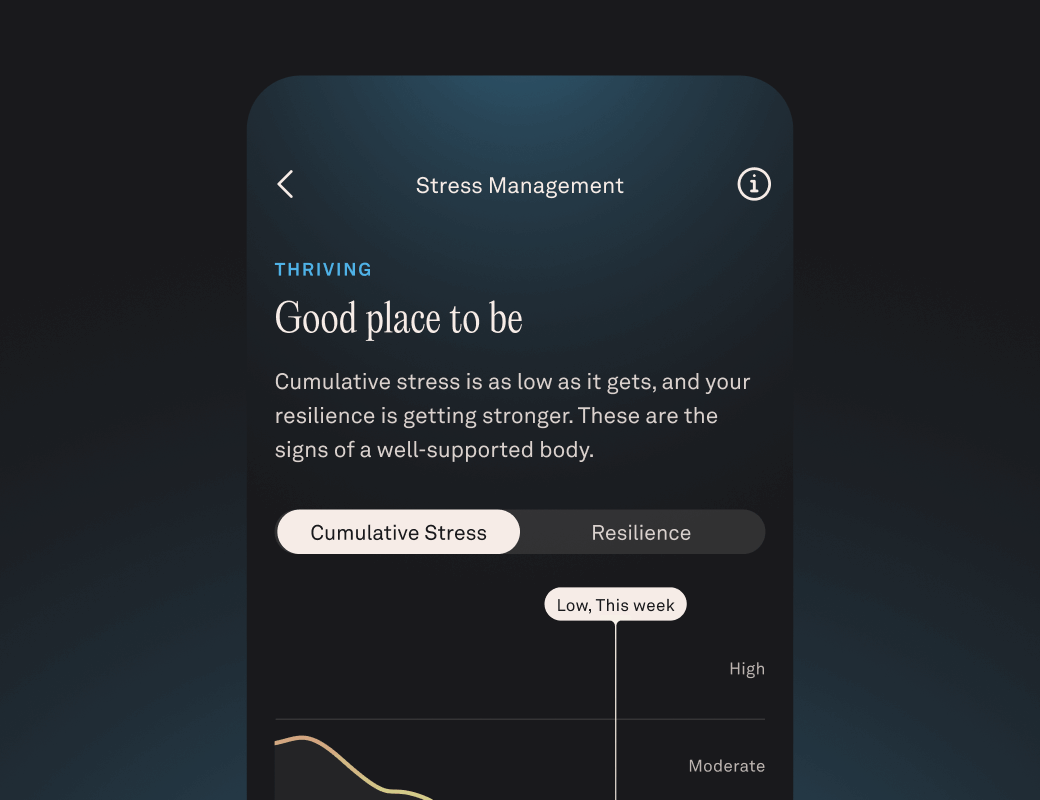
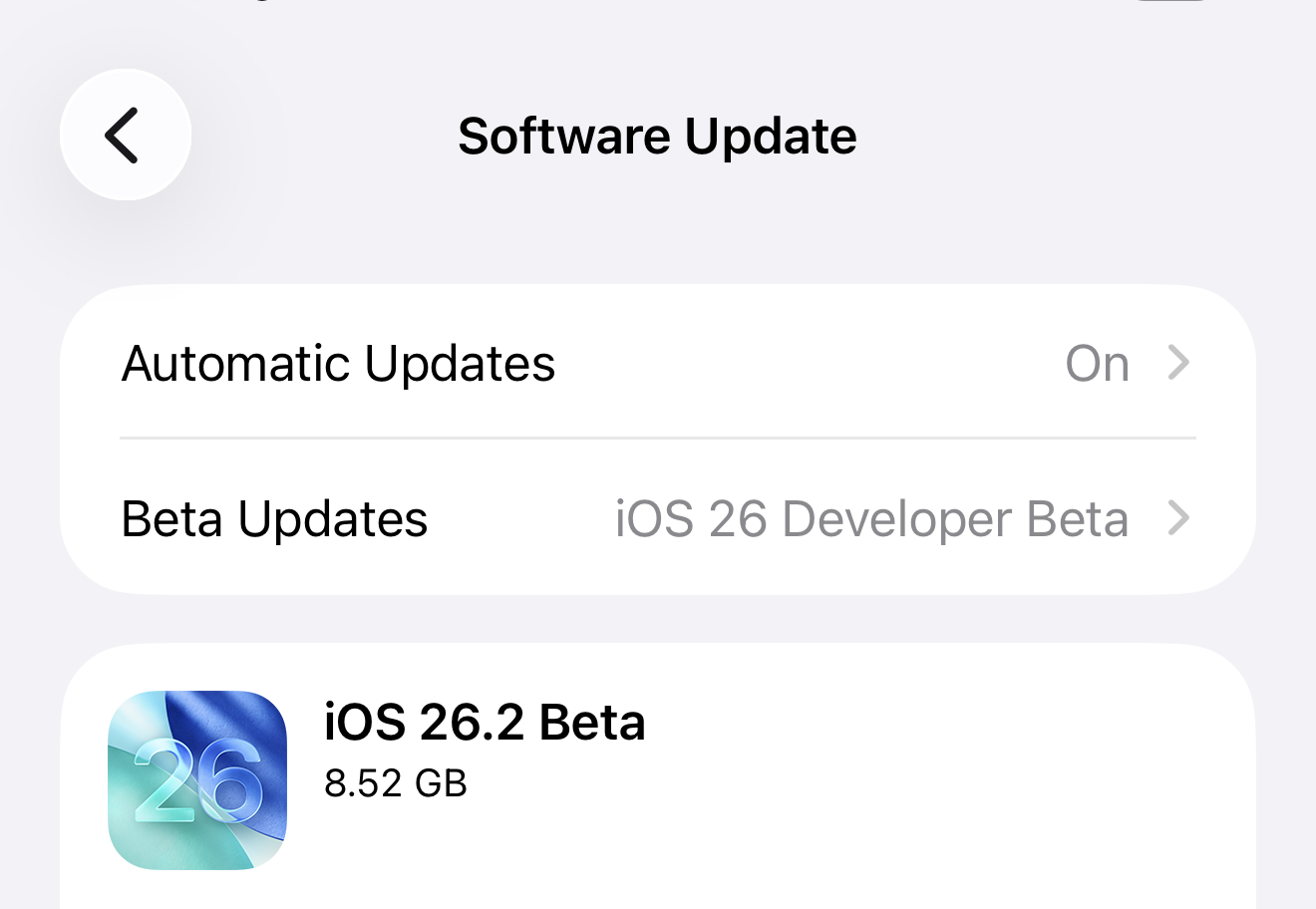
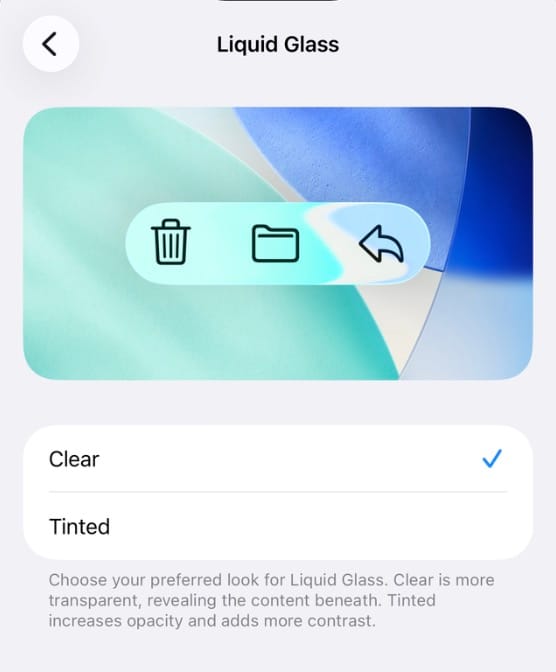
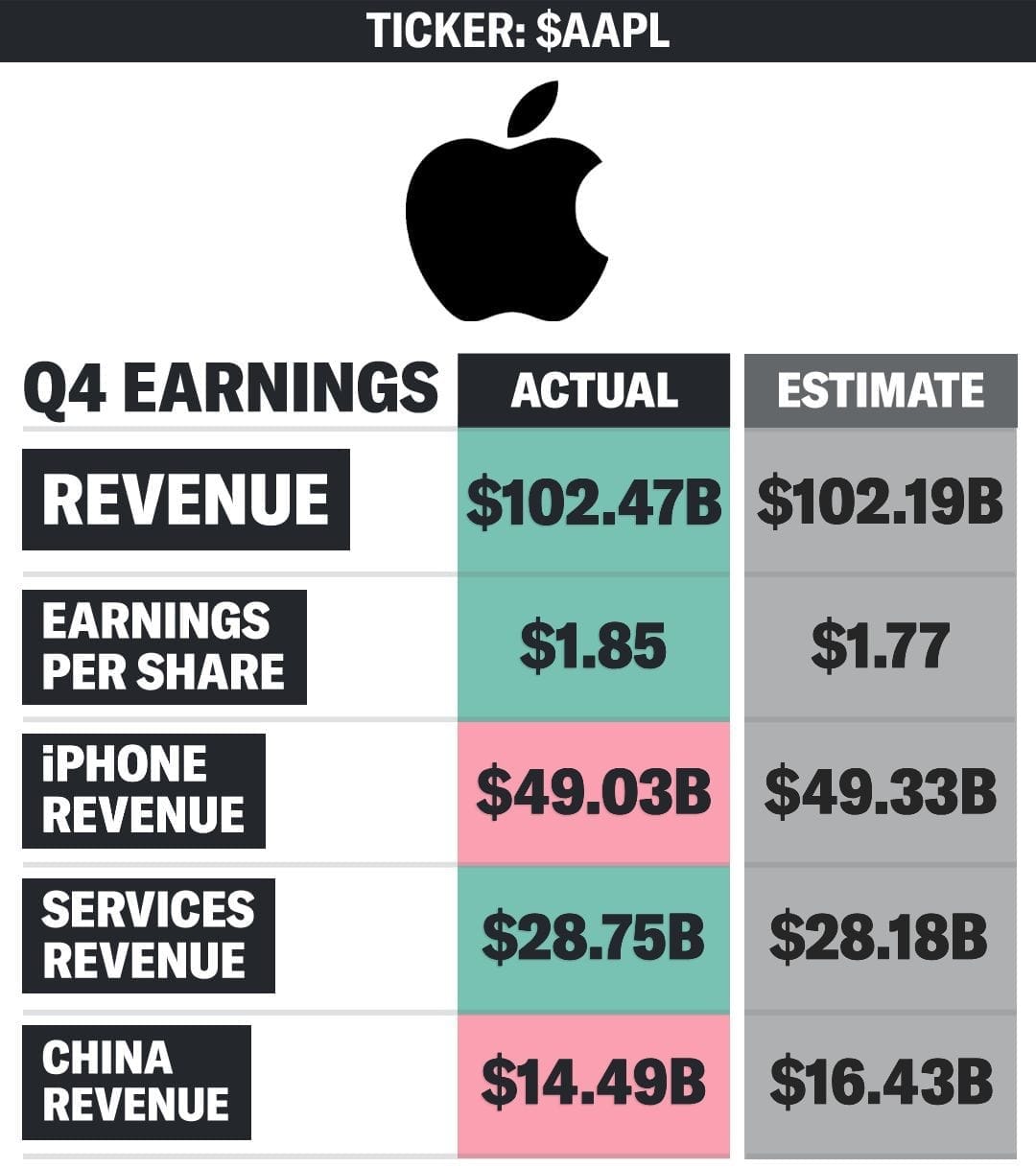

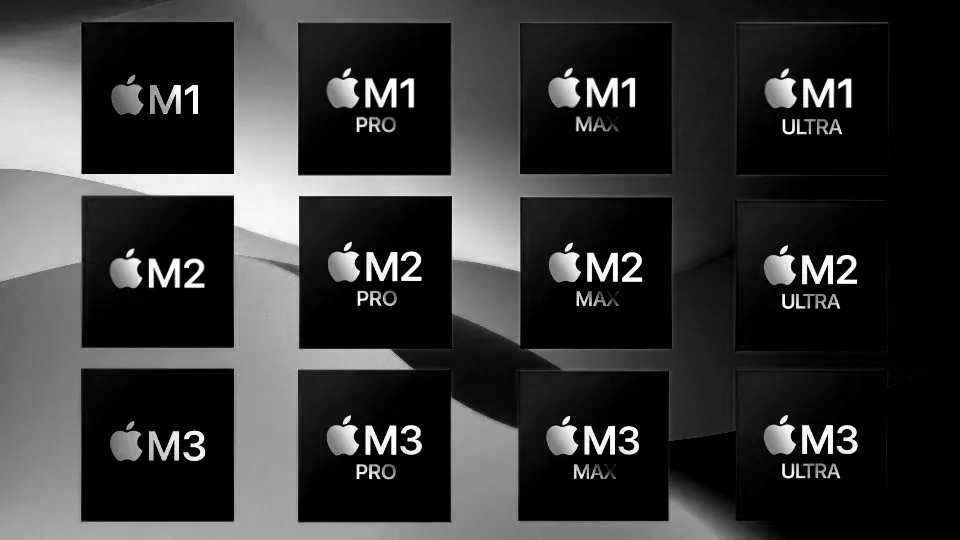
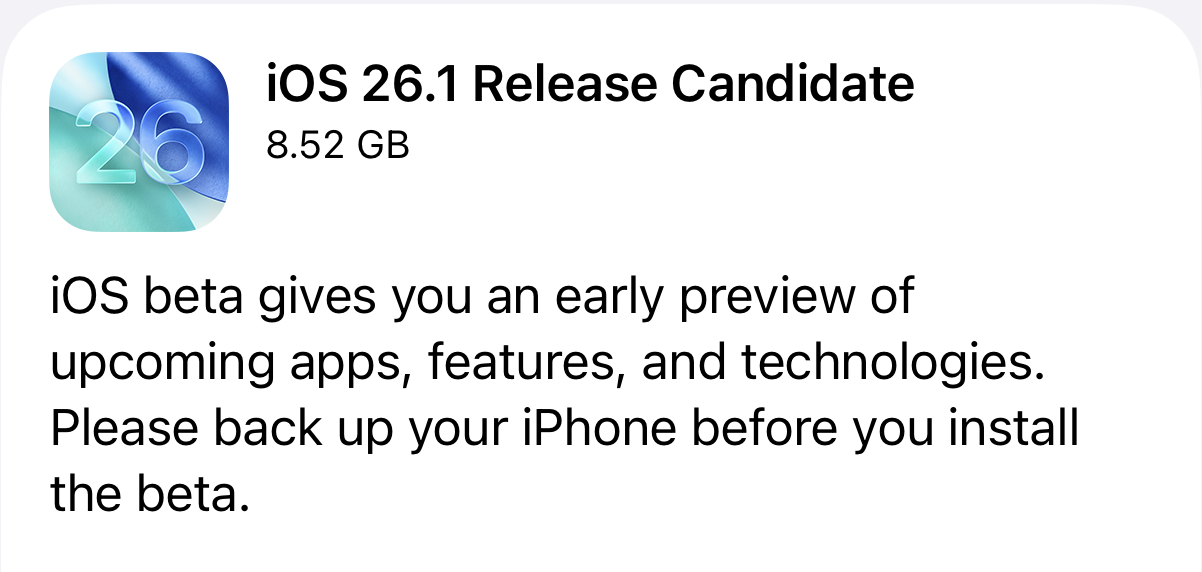
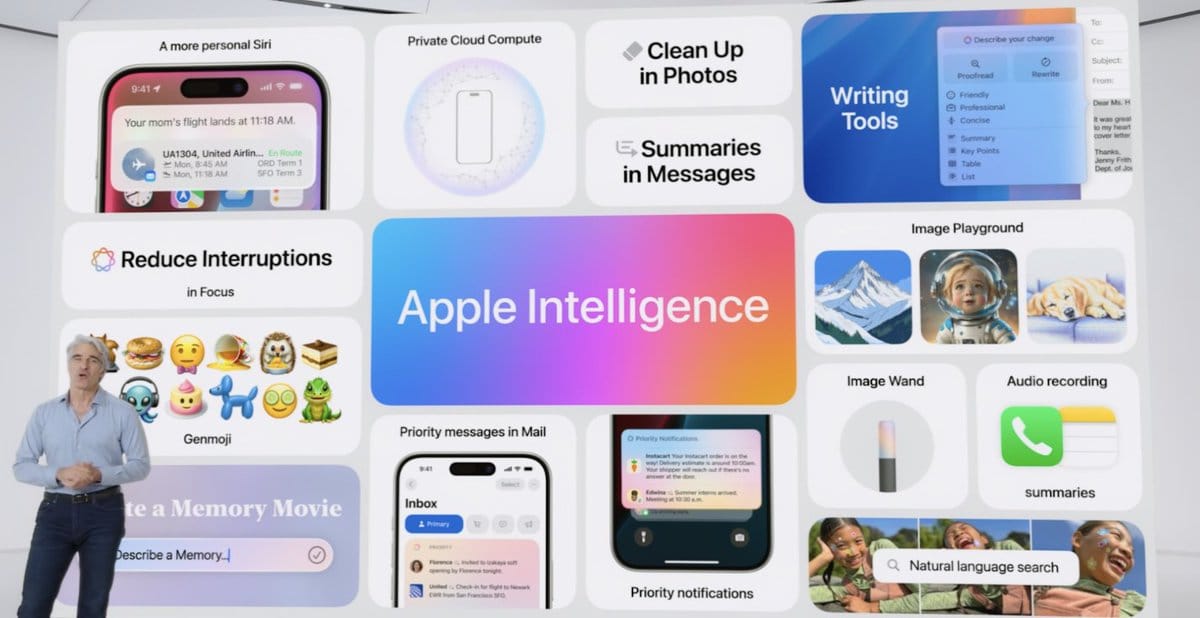
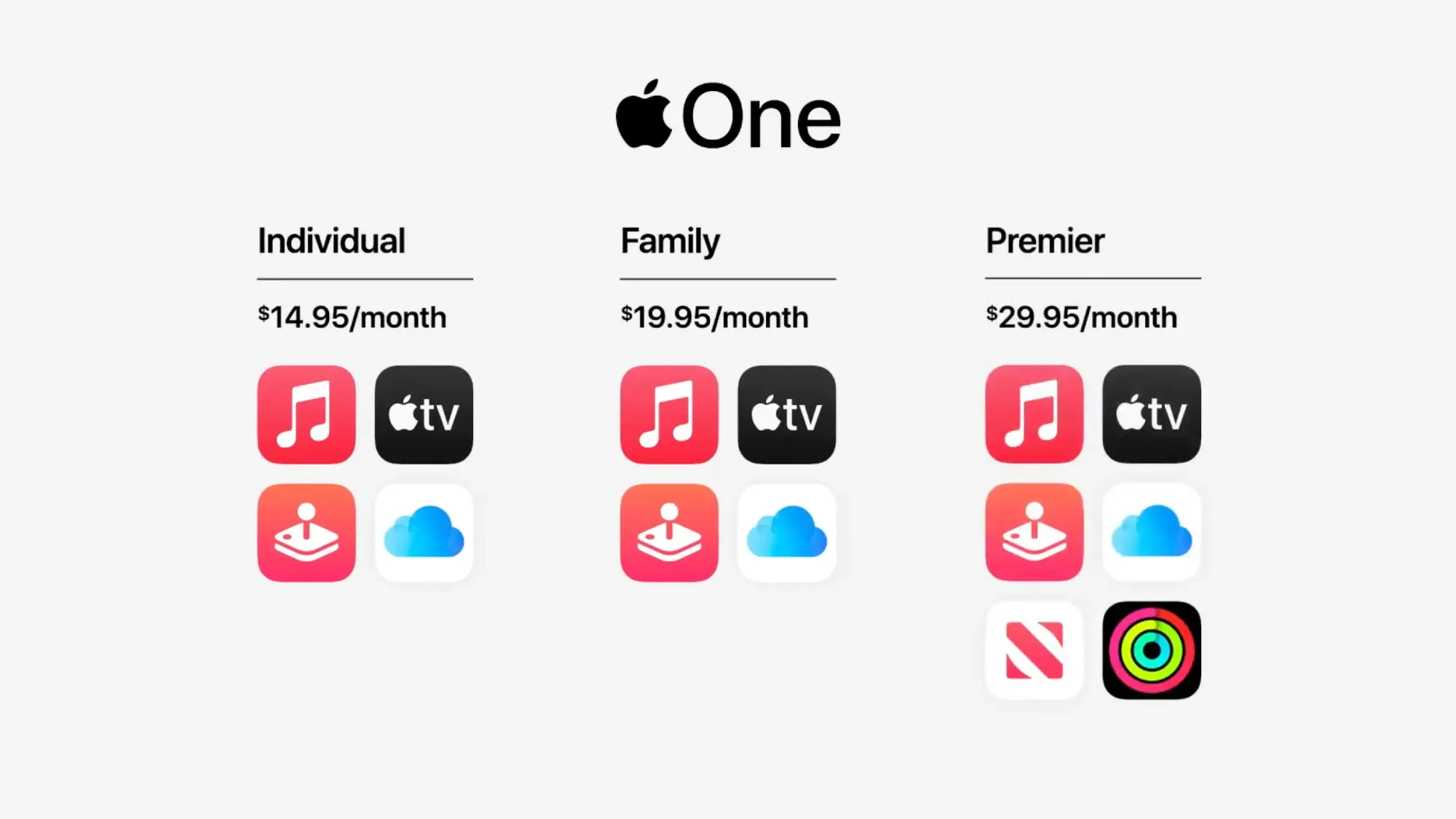

Discussion